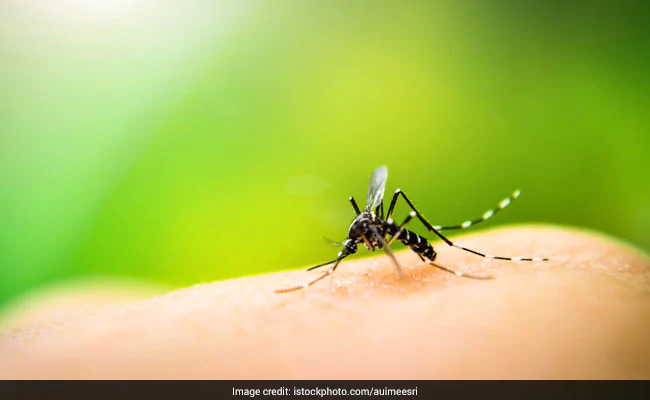
Aug 19: Historic discovery by British Doctor Sir Ronald Ross in 1897, that malaria is transmitted between humans by female Anopheles mosquitoes. From then on-wards, on 20 August, the World Mosquito Day is being observed to mark the glorious discovery.
His discovery laid the foundations for scientists across the world to better understand the deadly role of mosquitoes in disease transmission and come up with effective innovative interventions. And subsequently in 1902, Sir Ronald Ross was awarded the Nobel Prize for Medicine for his work on malaria.
If we look at the WHO report on mosquito-based deaths worldwide annually, it would cross 500 million. It is one of the most dangerous vector diseases that kills one child every 30 seconds and 3000 children every day.
Monsoon is regarded as breeding season for mosquitoes and so, the number of people suffering from mosquito-borne diseases increase in the season. Malaria is a preventable and treatable disease that continues to have a devastating impact on the health and livelihood of people around the world. More than two thirds of deaths were among children under the age of 5 living in the WHO African Region. As per the UNICEF report, around 40 per cent of the population worldwide stays at areas where the risk of malaria is higher.
To thank this groundbreaking research of British Doctor Sir Ronald Ross in 1897, and his team, The London School of Hygiene and Tropical Medicine announced this day to be celebrated as ‘World Mosquito Day’. This day is also meant for fundraising so that more research can be carried out for its cure.
World Malaria Day 2022 (August 20), will be marked under the theme “Harness innovation to reduce the malaria disease burden and save lives”.
Here are mosquito-borne diseases besides malaria that one should be alarmed of: Aedes : These mosquitoes are marked by black and white patches on the body. They cause diseases like dengue, rift valley fever, zika, yellow fever, and chikungunya.
Anopheles: These mosquitoes are marked by pale or dark marks on the wings. They cause diseases like malaria and lymphatic filariasis (also known as elephantiasis).
Culex: These mosquitoes are marked by brown scales on the body. They cause diseases like elephantiasis and West Nile fever.
With External Inputs….






